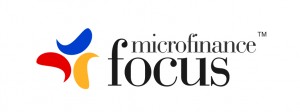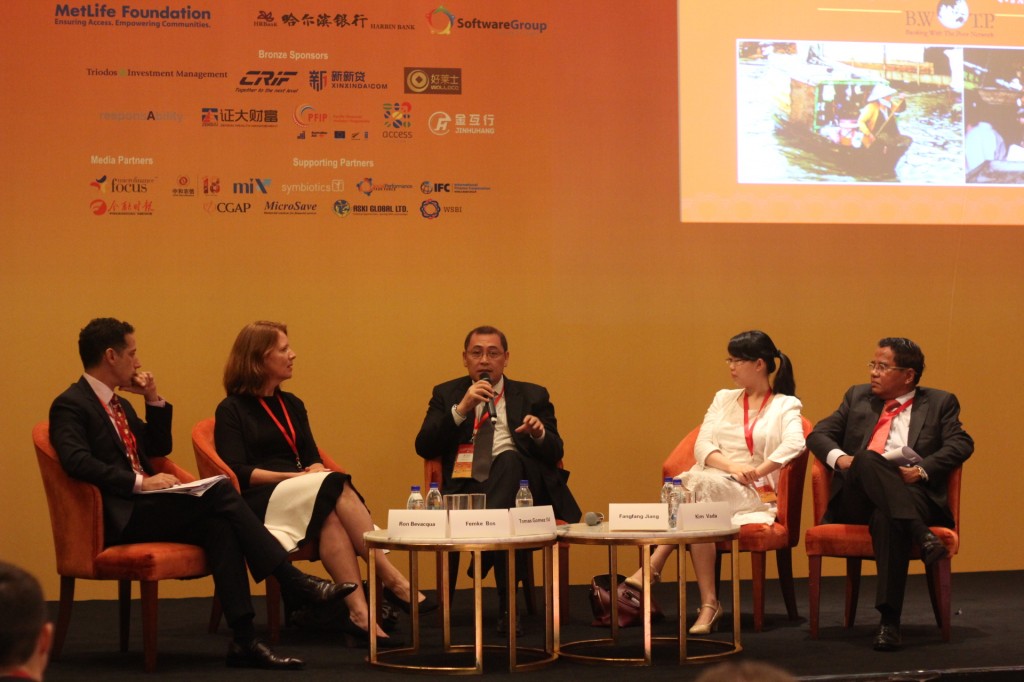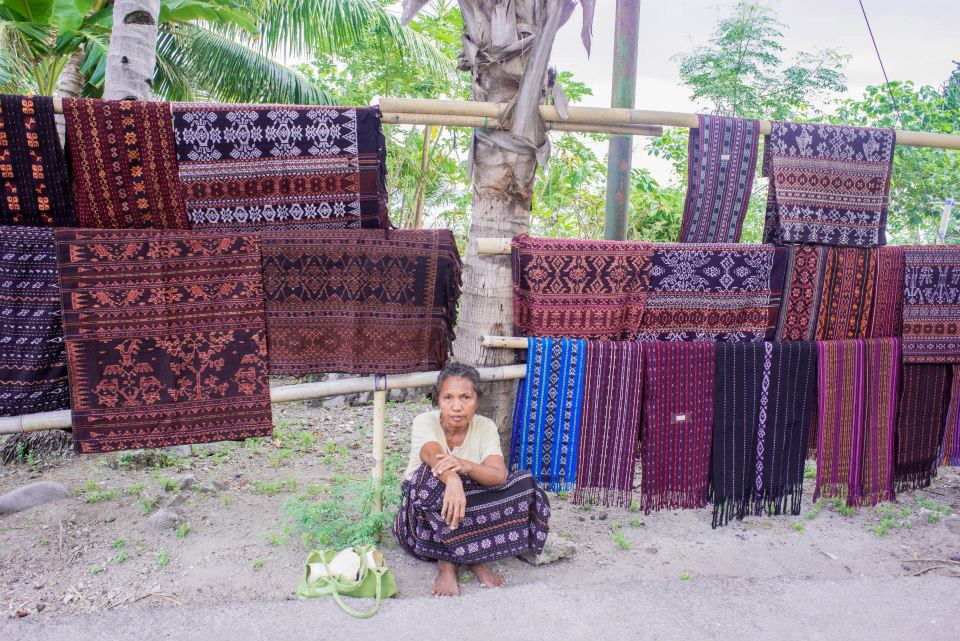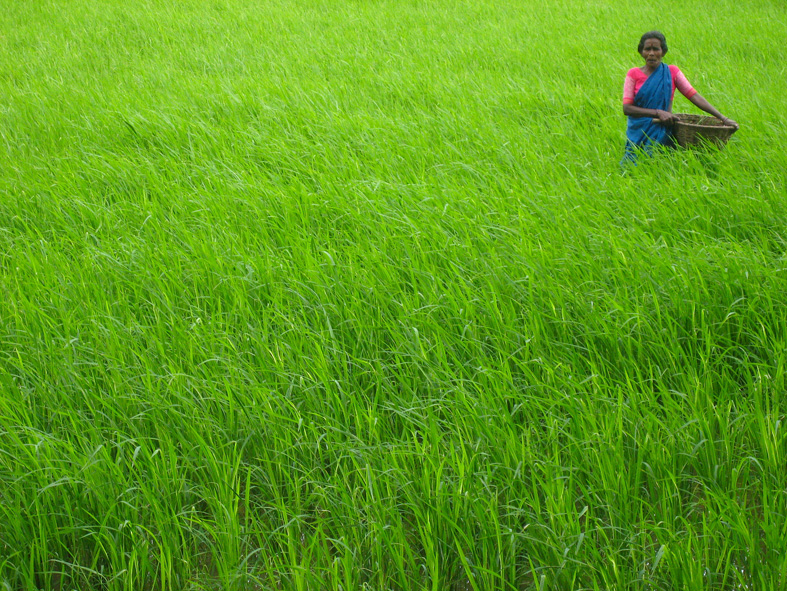Closing the Gap: Commercial vs. Social Mission in Microfinance
“I believe that if you want to reach long-term sustainability, then having a balanced mission is the only way.” – Femke Bos, fund manager at Triodos Bank
15:30 to 17:00 CST: Microfinance services across Asia are provided by a wide variety of institutions, but most share one common motivation: a social mission to serve poor and low income households who lack access to financial institutions. However, majority of Asian citizens are still excluded from the financial system – a problem that emerging commercially oriented institutions now hope to address.
During this Tuesday afternoon panel at the 2014 Asia Microfinance Forum in Shanghai, moderated by Mr. Ron Bevacqua, Managing Director of ACCESS Advisory, panelists discussed whether the social mission is still a requirement for properly assisting low-income financial clients and closing the financial inclusion gap — and if commercial institutions will be able to close this financial inclusion gap without making reference to a social mission.
The panel also addressed barriers to scaling for social-mission driven financial institutions, in tandem with whether the motivations of financial players matter to the clients they serve.
Finally, the panel discussed how organizations that are commercially motivated and organizations that are socially motivated can best work together as complementary partners in their efforts to eliminate the financial gap.
Four industry speakers joined the conversation: Ms. Femke Bos, Fund Manager at Triodos Bank, Ms. Fangfang Jiang, Operation Officer at the International Finance Corporation (IFC), World Bank Group, Mr. Kim Vada, Director General of Banking Supervision, National Bank of Cambodia,and Mr. Tomas Gomez IV, President and CEO at GM Bank of Luzon Inc, Philippines.
Mr. Tomas Gomez IV started the conversation, describing how in the Philippines, large banks regularly acquire rural banks – claiming a socially responsible intention when, in fact, they are only interested so that they may get incentives or capital support. “It builds nice headlines, but so far for us, it has not disrupted the market. I’m feeling more competition from large NGOs than these banks,” said Gomez.
Ms. Femke Bos noted that in many parts of the world, large commercial banks are taking over MFIs or merging with them. These larger institutions can provide more efficient services to the clients, and are especially useful in countries with very high interest rates. “In some institutions, we’ve spurred it to develop a broader set of financial services beyond credit, but also savings, mobile banking – it’s in our interest for long-term sustainability that a full set of services is developed,” she said.
Next to speak was Mr. Kim Vada, who noted that regulators are usually very conservative (though he considered himself slightly less so). He said that Cambodia’s successes in the sector have come from its realization that it must cope effectively with a new environment. Regulators, he said, must be proactive and keep new changes in mind – such as mobile banking, which is still a relatively new development in Cambodia. At times, Cambodia’s regulators have had to allow the market to proceed first, than follow up with new regulations, he added.
Mr. Vada was followed by Ms. Fangfang Jiang, who noted that China’s population may render it the world’s largest microfinance market – but few outsiders know much about its market. Meanwhile, outsiders are much better informed about smaller markets, such as those in Pakistan and Cambodia. “Half the population [of China] are farmers, and only one-third of them receive credit from formal financial institutions,” Ms. Jiang said, while a similarly small number of entrepreneurs are served – a big gap that will allow for many newcomers.
“Competition can bring value to customers, end to end,” she said. Per Ms. Jiang, there nearly half a million small villages in China, which are now served by mobile POS systems, installed in small shops, fertilizer stores, and other places in rural China. Farmers in small towns can then go to shop owners and use their card, allowing them to take out money, pay bills, and other services – for the price of a small transaction fee, which is less than their previous travel costs.
Alibaba, China’s answer to eBay, presents another example of a new competitor. “On back-end operations they’ve already accumulated lots of transaction data from small shop owners,” said Ms. Jiang, which then allowed them to create a scoring system that small shop owners can use to apply for loans.
Through Alibaba, all loans, transactions, and payments are made on the Internet. Shop owners also get rewards from Alibaba once they build up their credibility, said Ms. Jiang – and the site can also take away these ratings if owners behave poorly, creating a monitoring model.
“These newcomers are not necessarily a threat – they can help MFI’s grow,” she said.
On the topic of the potential challenges holding microfinance back from reaching the over 2 billion unbanked persons, Ms. Femke Bos addressed the issue of reaching people in rural areas and new ways to do this more efficiently. “One of the key success factors of microfinance is that it’s still a people’s business – just having a card might not be enough for some people. They still want to be face to face with people they trust,” she said. “There is room for multiple players, but the human touch will still remain.”
“Traditional players have not closed the gap – ouch!” said Mr. Tomas Gomez, addressing the same topic. According to Mr. Gomez, the problem is multifaceted, with commercial banks appreciating the good PR from buying rural banks, but finding the commitment challenging. Traditional players (MFIs, NGOs, and rural banks), on the other hand, struggle and are often hampered by a founder or a family who doesn’t want to give up control necessary to scale up.
On the topic of the very different growth rates between different financial institutions, Ms. Jiang noted that every industry contains small players and big players – and these players will always be where there is some market space, as many people are money-driven.
“From my observation, small institutions are there and maybe will remain small, but bigger institutions, if we make some effort, will scale up and cover the biggest gap we can cover.”
Ms. Jiang cited peer-to-peer (P2P) lending as an example of a financial product that may be able to scale up, with 800 P2P lenders already launched in China since 2012 – but this growth may be hampered by regulatory pressure.
How did Cambodia scale up its own financial operations? Mr. Vada described the commercialization and institutionalization of Cambodian banks from 1990 to the present, with NGOs coming to these financial institutions due to the empowerment the law provided them. “I am the one they hate the most in the banking sector in Cambodia,” said Mr. Vada, adding that he was an example of a “clean success” in the microfinance sector in his country.
Cambodia post-war lacked many resources, he explained, and the NGOs brought many resources but, said Mr. Vada, a bank cannot exist without profit and sustainability. “We realized that actually in the last few years…microfinance in Cambodia relies heavily on borrowing from abroad,” said Mr. Vada, explaining his country’s transition from NGO-driven financial endeavors towards more commercially-focused institutions. “When we realized that, our central bank said ‘Why not allow them to make their deposit in Cambodia?'”
In her comments on the topic, Ms. Bos noted that Triodos grew the fastest during the financial crisis, as people grew increasingly fed up with the big bonuses of major banks – a practice her bank does not engage in, instead focusing on a very sustainable, fast-growing model. “I believe that if you want to reach long-term sustainability, then having a balanced mission is the only way,” she said.
“I don’t think you can sustain capitalism the way it’s being done now…competition is not a bad thing in itself, but it must be fair,” Bos said in closing.
“Treating microfinance as this appendix on the edge of the financial sector reduces it to the sidelines,” said Mr. Bevacqua, using Cambodia as a positive example of a country that has brought MFIs into the commercial arena.
“Is social mission important for double bottom line anyway? Is it something that’s a relic of the past?”Mr. Bevacqua asked the panel.” If a mobile channel says look we don’t care if they’re poor or not, they’re clients, is that enough? Or do we still need this understanding that this a segment of the market that’s a little different and should be dealt with differently?”
Ms. Bos said in response that her investors are in fact very interested in a double bottom line, wanting to see their money work in a positive way. “They are actually very critical,” said Ms. Bos of her shareholders. “They want us to invest it in a responsible way in the microfinance sector so it works well in society…We wouldn’t just go for any institution that says we don’t care as long as we have clients. It wouldn’t fit our business model.”
In response to Mr. Bevacqua’s question, Mr. Gomez noted that his bank license requires them to stay in rural areas – but also that his staff find it hard to accept moving away from serving farmers, even if that means not moving towards giving loans to clients like teachers, as some other banks are doing.
“At the end of the day, does it matter if it’s a black or a white cat, as long as it gets the mice?” Mr. Gomez asked, noting he feels there will be a time in the Philippines when purely commercial players will serve the low-income or underbanked market without having a social mission guiding them.
Mr. Vada ended the initial conversation by noting that he is reluctant to issue new regulations, as that may deter the “big guys” from being involved in microfinance. He argued for indirect support of the old mission in operation – a banking policy, for example, in which 2 percent or 3 percent is set aside for the social mission.
The panel was facilitated by ACCESS Advisory, Inc, a Southeast Asia-based organization with offices in the Philippines, Cambodia, Vietnam and Myanmar. The organization seeks to promote financial inclusion as a way of addressing financial exclusion and poverty.








La mission sociale est notre vocation, augmenter le taux de la bancarisation, faire en sorte que les clients puissent se sentir dans ce que nous faisons, savoir que c’est leur affaire à eux( meilleure compréhension du rôle de la Micro finance), s’approprier de nos institutions pour un meilleur traitement des prêts et un bon remboursement afin que les IMF puissent continuer à les accompagner.
Mais, la mission sociale doit être parallèle avec la mission financière pour la viabilité, la pérennité de nos institution.